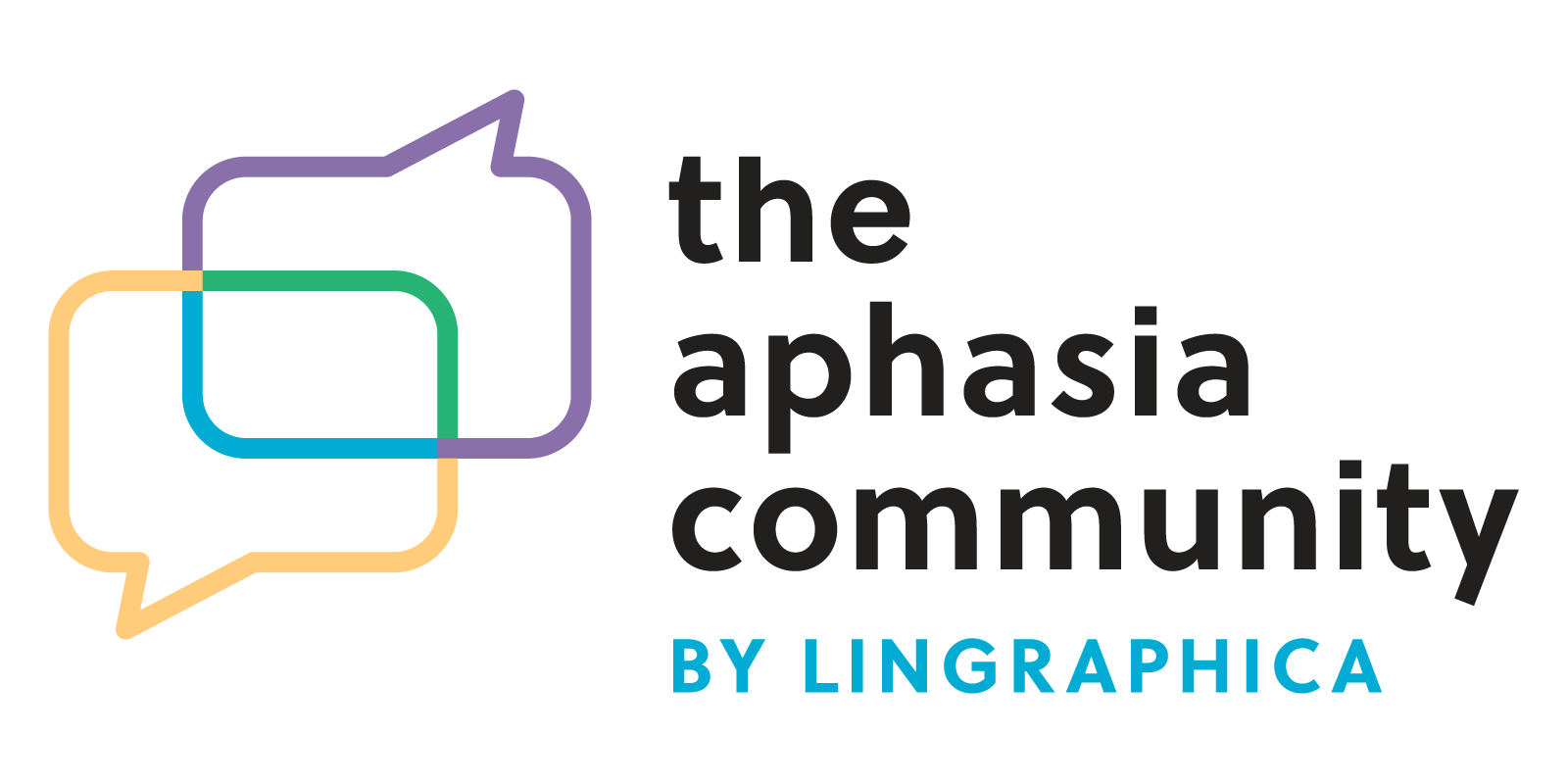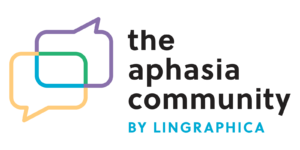Your Role in Rehabilitation and Therapy
If a loved one has aphasia, you might be wondering how involved you will be in their speech therapy. When it comes time for their appointment, do you go in or wait in the waiting room? If you go in, do you participate or just observe? What should you be doing between therapy sessions to help your loved one improve? These are all common questions that people wonder about when starting speech therapy.
If there’s one short answer to all these questions, it’s: ask the speech-language pathologist! Your speech-language pathologist (SLP) will be excited that you want to be involved in your loved one’s therapy. They are used to these kinds of questions and are here to help.
Whenever possible, plan to attend speech therapy with your loved one and be prepared to be involved! The goals of speech therapy should involve functional, everyday communication. That type of communication probably involves you. If there is an activity that is just for the person with aphasia, the SLP will ask you not to assist or talk during that time. This is common during speech and language assessment.
Because conversations are a two-person activity, you are an important part of therapy. Some treatment techniques even focus more on the communication partner than the person with aphasia. One example of this is Supported Conversation for Adults with Aphasia. In this technique, the SLP teaches you what you can do to help improve communication with your loved one.
Even when you are not directly involved in therapy, you can observe what the therapist does to help your loved one communicate. The SLP will likely recommend “homework” to practice between sessions as well. You can help to remember what the homework is and make sure that it’s being done. You can serve as a coach and cheerleader between speech therapy sessions.
Having an involved family member can make a big difference for someone working on their communication. You are in a unique position to provide support to your loved one and learn new strategies to help communicate. You can also provide valuable information to the SLP that it might be difficult for the person with aphasia to provide. For instance, you can provide names and details about family members that can be practiced in therapy.
If your loved one is getting frustrated, sometimes your role might be to step back from the communication strategies and just provide a hug. Sometimes the biggest thing you can do for your loved one is to be there for them and remind them that aphasia does not define them.
Rehabilitation and Therapy

Your Role in Therapy & Rehabilitation

Preventing a Future Stroke

Post-Stroke Concerns

Improving Speech After a Stroke


